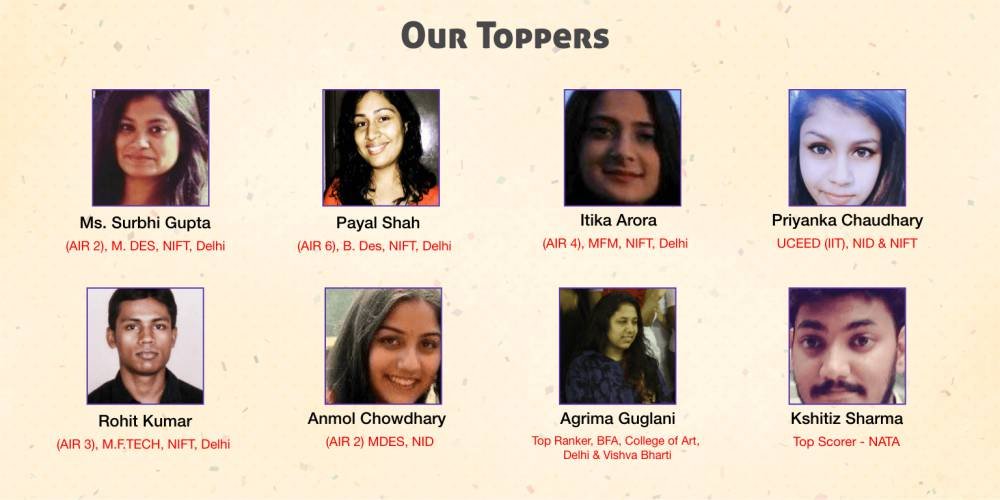An art portfolio is an artist’s resume. A portfolio allows you to present your work when applying for creative courses and jobs or when approaching a gallery for representation. You can also make a portfolio to show the full extent of your creative work at an exhibition.
An art portfolio is a great way to highlight all of your best pieces and show your abilities. A portfolio should speak for itself and combine professionalism, passion, personality, and a variety of pieces that have been inspired by you. It will be your first impression and needs to stand out amongst other submitted portfolios. In your portfolio you want to show whoever you are catering to your talent, what makes you stand out from the rest, and why they should choose your portfolio over someone else’s.
Some applications will have strict guidelines as what to show and how to organize your portfolio, while others leave more room for creativity. In any case, knowing how to create an art portfolio shows that you put time, thought and effort into the way your work was being presented, which, in turn, presents both you and your work in the best light possible.










